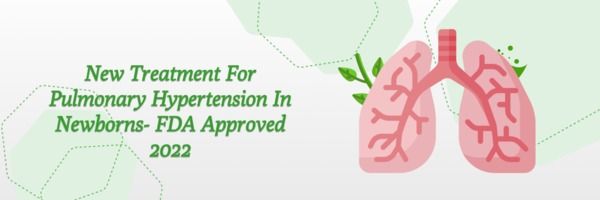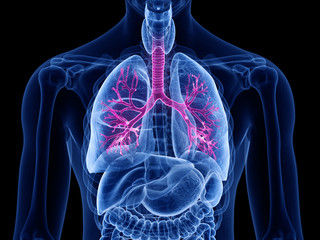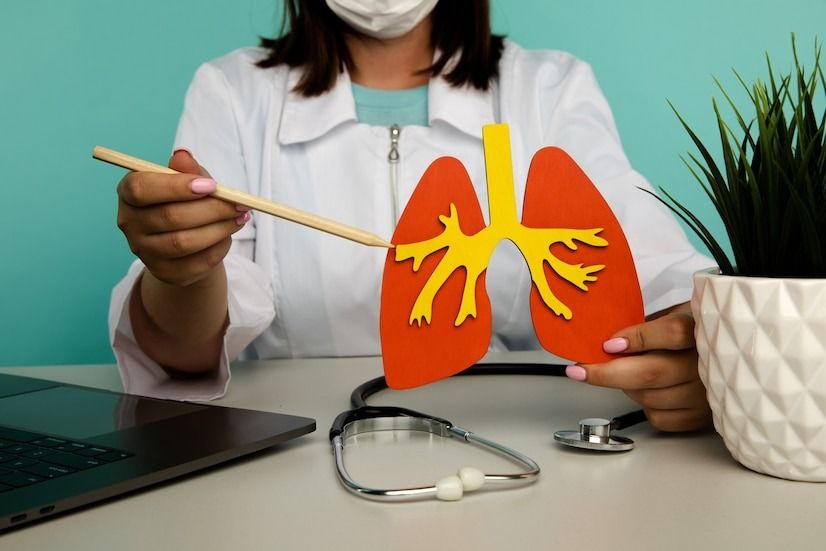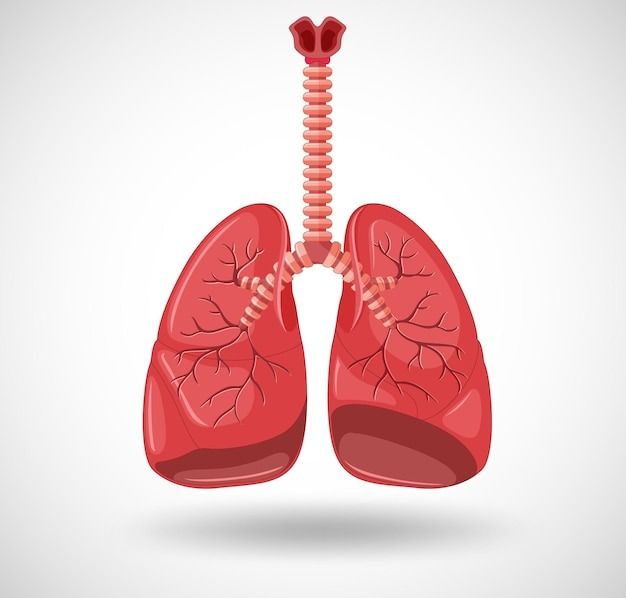Introduction
Did you know pulmonary arterial hypertension (PAH) affects many people worldwide?
It's a condition where high blood pressure in the lungs leads to heart failure, and it's more severe than many realize. Globally, PAH is a major health concern, contributing to 373,000 cases of heart failure out of a total of 1.92 million cases reported. This highlights not only the severity but also the widespread impact of this disease.
The recent advancements in treatment options promise to manage symptoms and improve heart health, enhancing the quality of life for many.
Yes you read that right.
FDA has approved a new medication called Winrevair on March 29, 2024.
Are you curious about how these treatments work? Keep reading to discover the innovative approaches being taken to fight PAH. But before that, let's discuss what pulmonary hypertension is and why it is important to understand.
Overview of Pulmonary Hypertension

Pulmonary hypertension (PH) refers to increased blood pressure in the pulmonary arteries, the vessels that carry blood from the heart to the lungs. This condition is categorized into five main types, each linked to different causes and having specific treatment approaches:
- Group 1: Pulmonary Arterial Hypertension (PAH) - This group includes PAH caused by unknown factors, drugs, and diseases that affect the arteries in the lungs.
- Group 2: PH due to heart disease - This type is related to issues in the left side of the heart, such as mitral valve disease or heart failure.
- Group 3: PH due to lung diseases - Includes PH caused by chronic lung diseases like COPD or sleep apnea.
- Group 4: Chronic thromboembolic pulmonary hypertension (CTEPH) - Caused by chronic blood clots in the lungs.
- Group 5: PH with unclear and/or multifactorial mechanisms - This includes PH due to blood system disorders, systemic disorders, or metabolic disorders.
Focusing on Pulmonary Arterial Hypertension (PAH): This type involves the narrowing or blockage of the small arteries in the lungs, which raises the pressure in these arteries.
How does PAH affect individuals? The symptoms of PAH can be quite debilitating and include:

- Shortness of breath, especially during physical activities.
- Fatigue can be overwhelming.
- Chest pain and palpitations.
- Dizziness and episodes of fainting.
Looking to understand more about how PAH is treated? Keep reading as we explore recent advances in the treatment of this challenging condition.
Recent FDA-Approved Treatments
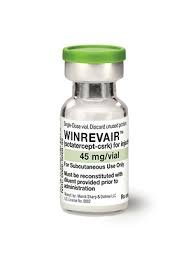
What's new in treating PAH?
The FDA has approved a new medication called Winrevair (sotatercept-csrk), which is great news for those with PAH.
- Approval Date: March 29, 2024
- Main Action: Winrevair targets pathways that cause the arteries in the lungs to narrow.
How Winrevair Works:
- Controls Cell Growth: It helps keep the cells in the lung arteries from growing too much.
- Low Lung Pressure: This makes blood flow easier and helps the heart work better.
Results from Studies:
- Better Walking Ability: People could walk further in tests.
- Better Daily Function: It improves scores that measure how well patients can do everyday activities.
- Fewer Hospital Visits: Patients using Winrevair had fewer hospital stays.
Why It's Important:
Winrevair not only helps with symptoms but might also slow down the disease, giving patients a better chance at a longer, healthier life.
How will new treatments like Winrevair benefit PAH patients?
Advantages of New Treatments: Winrevair
These advancements are not about managing symptoms—they're about improving lives.
Key Benefits of New Treatments:
- Improved Exercise Capacity: Patients can walk further than before. This is measured by tests like the 6-minute walk distance, which often shows significant improvement.
- Better Functional Class: This refers to the severity of PAH symptoms affecting daily activities. New treatments have helped patients move to a lower class, meaning their symptoms are less severe and less limiting in everyday life.
Changing Quality of Life:
- Increased Daily Activity: With symptoms better managed, patients can enjoy more physical activity and engage more in daily life without feeling exhausted or short of breath.
- Reduced Hospital Visits: Fewer symptoms mean fewer emergency trips to the hospital, which can be stressful and costly.
- Longer, More Active Living: these treatments aim to extend life expectancy and improve quality, allowing patients to spend more time with loved ones and do more of what they love.
Why this matters:
For someone living with PAH, these improvements mean a day with less fatigue, fewer limitations, and more moments spent enjoying life. This shift from surviving to thriving is a powerful testament to how new treatments can transform lives.
What are some potential downsides to new treatments like Winrevair?
Challenges and Considerations
Even the most promising treatments come with their challenges and limitations. Potential Side Effects of Winrevair:
- Increased Haemoglobin Levels: Patients may experience elevated haemoglobin, which can increase the risk of blood clots.
- Reduced Platelet Counts: Some patients might see a decrease in platelets, leading to increased bleeding risks.
- General Side Effects: Like with many treatments, patients might experience headaches, gastrointestinal issues, or fatigue.
Accessibility and Cost Concerns:
- High Costs: New treatments like Winrevair can be expensive, which might make them inaccessible to some patients without enough insurance coverage or financial resources.
- Insurance Approval: Getting insurance companies to approve new treatments can be lengthy, delaying access for patients who need immediate relief.
- Geographical Availability: Depending on where patients live, these new treatments might not be available, requiring travel that can be costly and challenging.
Why These Matter:
While the benefits of new treatments like Winrevair are clear, these challenges highlight the need for comprehensive care strategies that consider treatment's medical and socio-economic aspects. Ensuring that patients can access and afford these life-changing treatments is crucial for their success in managing PAH.
What's next for PAH treatments?
The Future of PAH Treatment
Research is evolving, offering new hope for better management of pulmonary arterial hypertension (PAH).
- Gene Therapy: This could fix genetic issues causing PAH.
- Personalised Medicine: Treatments might be customized based on a patient’s genetic makeup.
- New Drugs: Researchers are testing drugs that target different aspects of PAH more.
Promising Developments:
- Riociguat and Selexipag: These drugs are being studied for their ability to improve heart function and reduce lung pressure.
- Stem Cell Therapy: This innovative approach might help repair damaged lung tissues.
Impact on Patients:
- Better Health Outcomes: These new treatments aim not to extend life but to improve quality.
- Fewer Side Effects: Newer therapies could be easier on the body.
- Wider Access: Advances may lead to more affordable and accessible treatments.
Conclusion
Continued innovation and research in pulmonary arterial hypertension (PAH) are vital. They promise to improve treatment methods and aim to enhance the lives of those affected. As we develop better and more personalized treatments, the future for PAH patients looks brighter.
Reference
https://www.empr.com/home/news/winrevair-approved-for-pulmonary-arterial-hypertension/

